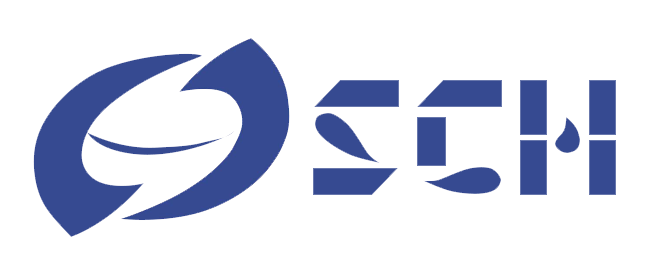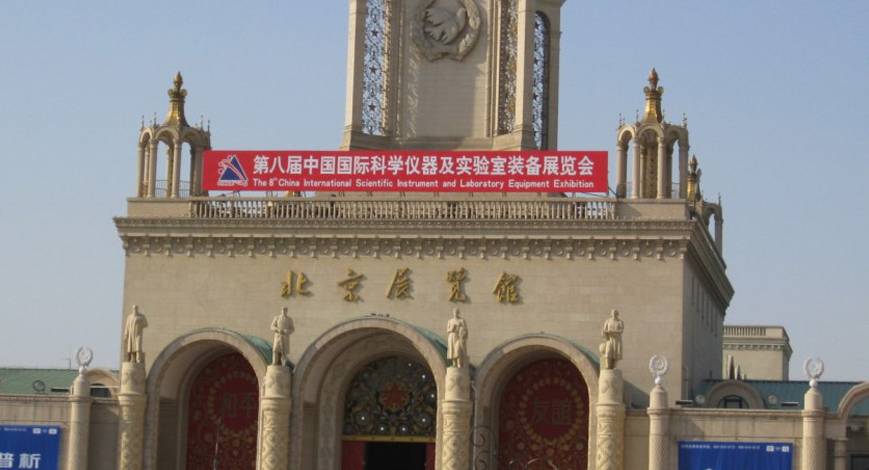In recent years, scholars at home and abroad have proposed that fisheries have entered the era of ecology, and traditional experience management will gradually give way to ecological management. The combination of fishery and ecology is the inevitable trend of fishery development. We should change or even end the backward situation of fishery production solely managed by administration and experience as soon as possible, and use ecological theories and methods to carry out extensive and in-depth research on the increase and cultivation of freshwater fishery, so as to continuously improve the scientific and production level of fishery. Specifically, the relationship between water quality analysis and freshwater fishery growth and aquaculture is as follows.
First of all, in order to ensure the full supply of fish species, it is necessary to set up fish fry and breeding grounds. When choosing the place of fry and breeding ground, we should make a series of chemical analysis on the surrounding water source, and decide whether the place is suitable or not according to the analysis data. In addition, the water quality should also be analyzed before stocking. According to the analysis results, the amount of nutrients in the water should be judged, so as to further determine the species and quantity of fish to be farmed.
Secondly, in the production process, if we can often measure the dissolved gas in the fish pond, especially the amount of dissolved oxygen, then we can master the deterioration time of fish respiration and the reasons for the deterioration of water quality, so as to better control the production process. For example, there are water, plants, microorganisms and fish in the pond, which are interrelated and restricted each other. Keep a natural, temporary and relative balance relationship under certain conditions. Here, shrimp eat plankton, fish eat shrimp, and also eat plankton. Fierce fish eat ordinary fish. After the fish die, it is decomposed by inorganic substances, providing nutrition for plankton, and the growth of plankton provides food for fish. In this way, in the pond, plankton - Fish - microorganisms establish a certain degree of dependence. However, in nature, ecosystem is a dynamic system. We add some sewage to the pond. The metabolism of various organisms is accelerated. If we say more, we will form water bloom. The decomposition of organic matter, algae and other aquatic organisms consume a lot of oxygen in the water, and fish die in large numbers due to lack of enough dissolved oxygen. This abnormal phenomenon is also called eutrophication process, which is caused by excessive nutrients (such as nitrogen, phosphorus and other organic matters) and large-scale reproduction or death of aquatic organisms. Until the organic matter in the sewage is completely decomposed and dissolved oxygen is restored, the ecosystem in the pond will establish a balance on a new basis. It can be seen that in the process of production, it is often necessary to measure the physical and chemical composition of water and master the change of dissolved oxygen at any time, so as to ensure stable and high yield for freshwater fishery.
Thirdly, water quality analysis also plays an important role in water quality improvement. Water is not only the living environment of fish, but also the habitat of biological bait. Therefore, the improvement of water quality includes two aspects: one is to create more suitable living conditions for fish, that is, to eliminate harmful factors in water quality; the other is to create a good environment for the growth and development of aquatic organisms, the bait for fish. The main bait of fish is aquatic organism, and the quantity of aquatic organism depends on the quality of water quality, that is, the quantity of nitrogen, phosphorus, potassium, silicon and other nutrients in water. This gives us the possibility of changing aquatic life by improving water quality.
In addition, the study of water chemical composition will make a judgment on water pollution, so as to take preventive and control measures in time, otherwise fish poisoning and death are inevitable. At present, fish poisoning caused by water pollution, which makes it inedible or leads to a substantial decline in fishery production, is common in the world. It can also be seen from this that one of the important significance of hydrochemistry research is to correctly solve the problem of Fertilization on the water surface of aquaculture.
Finally, it should be pointed out that water quality analysis is not only necessary for pond fish culture, but also essential for the rational management of river lake fish culture and large-scale artificial fish culture, as well as for the investigation and scientific research of aquatic resources for the purpose of developing freshwater fishery.
The close relationship between water quality analysis and freshwater fishery growth and aquaculture is as mentioned above. Therefore, in the management of fishery production, water quality analysis must be carried out regularly to ensure the healthy development of our fishery.
So what is the appearance of water sample analysis? Before collecting water samples for analysis, the purpose of water quality analysis must be clarified first. Representative of the sampling, and make a careful design and then sampling. The so-called purpose of analysis is to make clear what problems are to be solved in water quality analysis, for example, to have a comprehensive understanding of the water quality of rivers, lakes, reservoirs and ponds in order to open up new fishing grounds; or to control and manage water quality changes in production, for example, to study the relationship between rational fertilization and prevention of self pollution; Or the investigation and research of some special projects, such as the prevention of flooding accidents, the prevention of external pollution, and the analysis of water quality by summarizing the experience of high and stable yield. In the whole analysis work, if they have to be closely consistent and have different analysis purposes, then the analysis items, sampling methods, station settings, sampling amount, sampling period and frequency are different, which must be known.
Secondly, pay attention to its representativeness when sampling: it means that the physical and chemical components in some water samples should be able to represent the whole situation of the water body to be studied. Therefore, no matter for which purpose the water sample is analyzed, it is forbidden to scoop it up on the surface of water body or on the bank. At the same time, we should pay more attention to the continuous changes of various components in the water for aquaculture. We should not only consider the sampling time, but also care about the preservation from sampling to analysis. Otherwise, the subsequent work can not achieve the purpose of analysis, or get real data, or even draw some fallacious conclusions, which will cause great harm.
 Shen ChangHong
Shen ChangHong 





